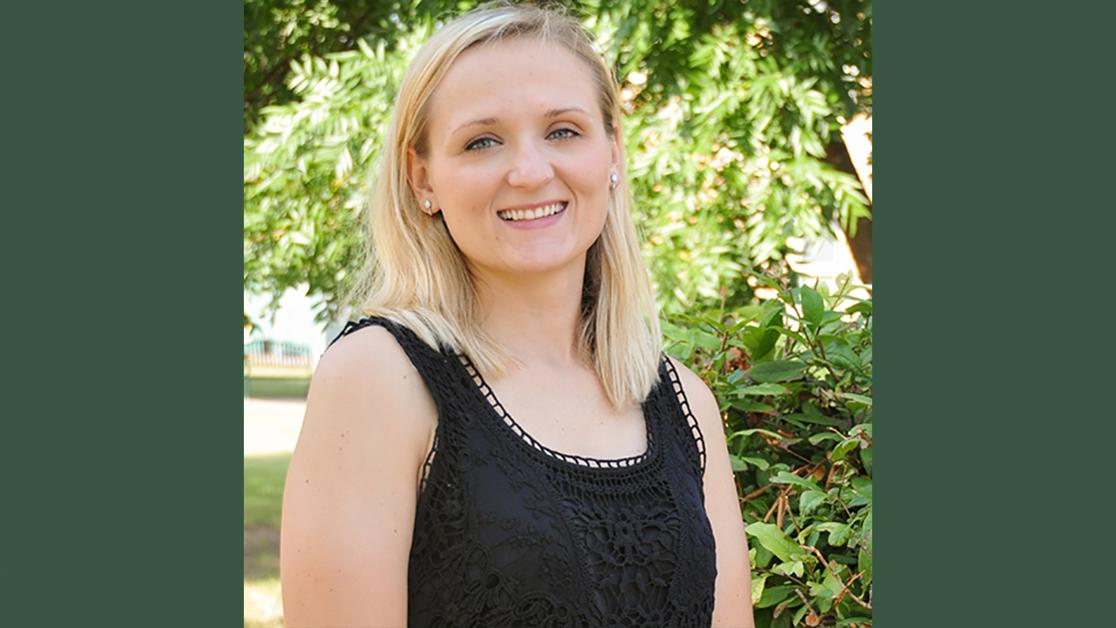USAO’ biology professor to join team of archeologists at early human site in Israel

Dr. Rachel Jones, associate professor of biology and environmental science at the University of Science & Arts of Oklahoma, has recently been awarded a grant from the National Science Foundation to join an archeological team as a paleoecologist at the ‘Ubeidiya site in northern Israel.
‘Ubeidiya preserves some of the earliest traces of the migration of Homo Erectus, an extinct species of the human genus, outside of Africa. Jones will use paleoecological techniques in conjunction with the team’s anthropological data to answer questions about how early humans impacted the development of ecosystems. The methods will examine significant fluctuations in vegetation, temperature, relative humidity and seasonality to investigate changes in these variables over the Pleistocene Era.
“Although ‘Ubeidiya is located geographically outside of my area of expertise, this project will allow me to use my skills to aid future investigators studying paleoecology and paleoclimatology,” said Jones. “This collaboration will foster professional and public discourse on the interactions between climate, ecology, human evolution and dispersal throughout time, as well as demonstrating the importance of deepening our understanding of human evolution within the context of environmental change.”
Prior to the trip, Jones will be trained on the Sensofar S-NEOX: Dual Technology 3D Optical Profiler at the University of Tulsa—using it to perform texture analysis in micro- and macro-botanical element identification—before gaining hands-on experience on site in Israel. In addition to increasing her own expertise outside of paleobotany, Jones will be able to use her experiences to enhance current classes as well as create future courses offered at the university focused on anthropology, archeology and paleoecology as well as outreach workshops for regional schools.
“As an undergraduate-only institution, USAO is not as visible in terms of faculty research as is the case with more prominent universities,” said Jones. “By joining this international, interdisciplinary project, I can help raise awareness of the quality of research that can be done at smaller colleges like ours. This collaboration will help bring positive attention to prospective and current students, faculty and donors, as well as supporting the future growth of research opportunities at USAO!”
A member of the USAO faculty since 2014, Jones’ research focuses on southern U.S. paleoecology, using these research techniques alongside anthropological data to answer questions about the Native American role in the development of certain ecosystems. She is currently chair of the biological section of the Oklahoma Academy of Sciences, which aims to stimulate scientific research through the encouragement of collaborative relationships and the sharing of ideas among Oklahomans working in the sciences.
